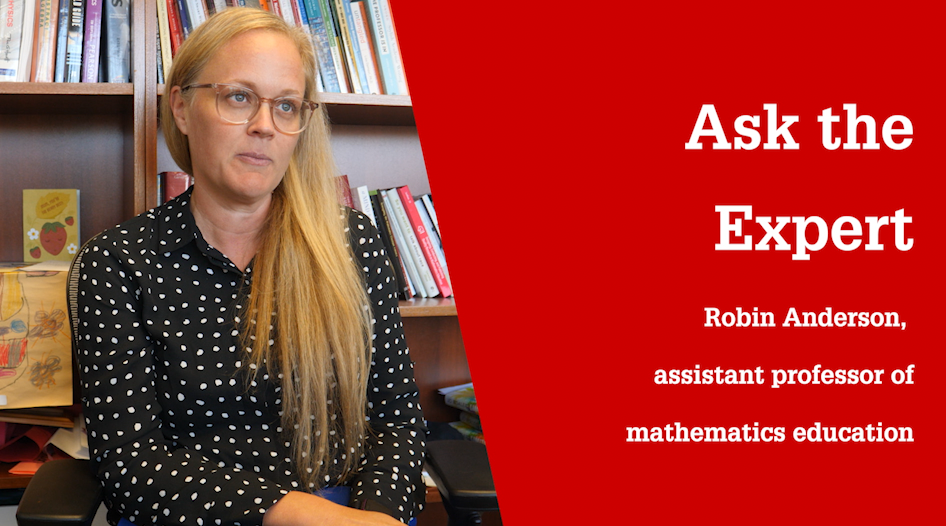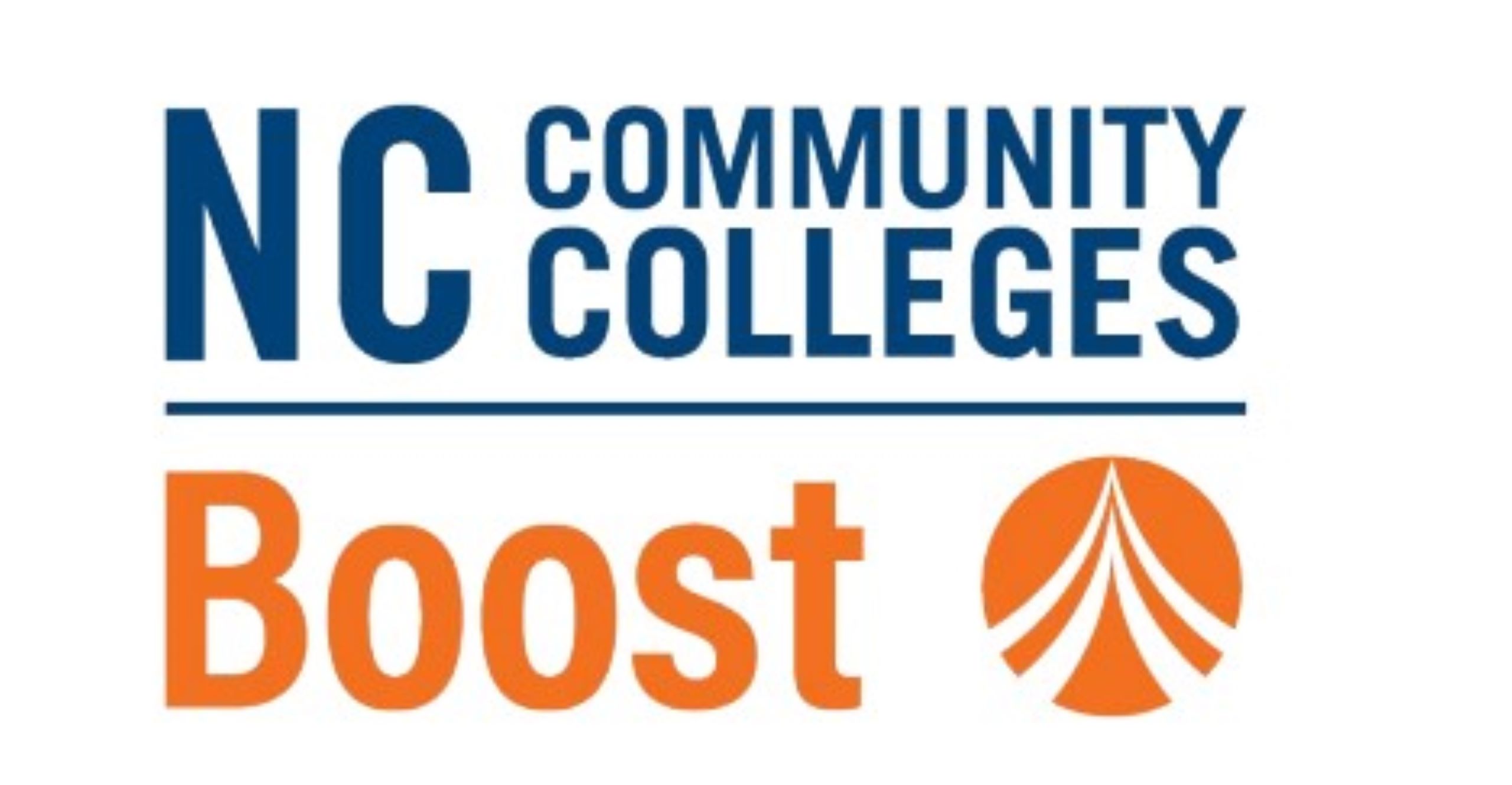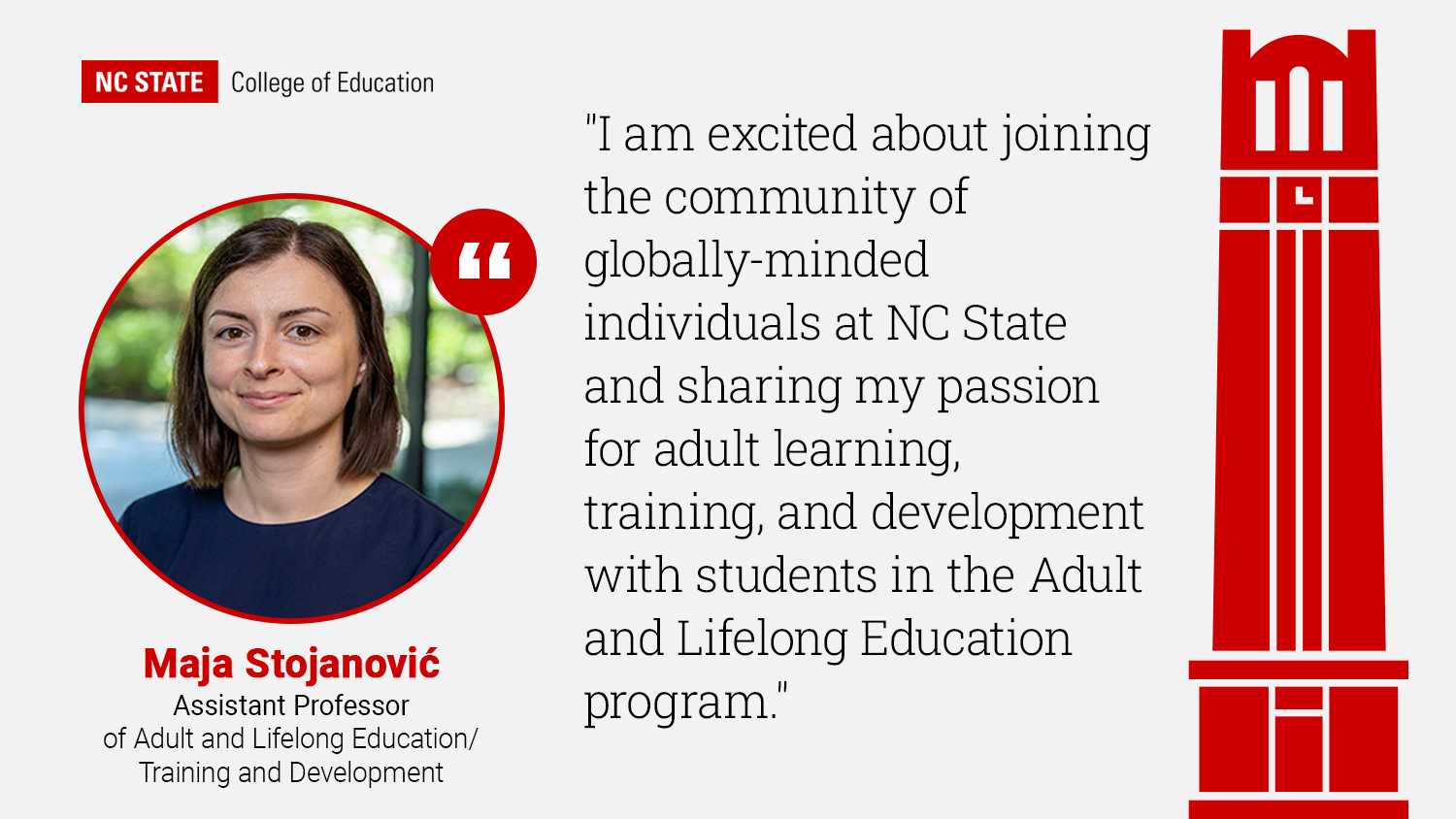How Can Teachers Use Social Media for Professional Development? ‘When Teachers Network Together, They’re in a Collaborative Structure Where Their Expertise is Valued’ Says Assistant Professor Robin Anderson
When discussing professional development for teachers, thoughts often turn to formal sessions, but many educators are drawn to places where they can learn independently, which is why many turn to social media, says NC State College of Education Assistant Professor Robin Anderson.
One of the most common comments Anderson hears from teachers is that they wish they had time to simply watch their colleagues teach a lesson. Time and staffing issues often make this impossible for educators within their own building, but watching how other educators teach through social media can fill that gap.
“When we see teachers sharing on social media, that’s them sharing their expertise because by watching another expert teach, you can learn so much,” Anderson said. “The argument is that teachers need to learn the way that they want to teach their students. We can’t just sit them in a room and lecture them. We need them to be able to propose ideas, and we need to have collaboration around their own ideas,”
Anderson’s research focuses on how teachers learn in pre-service and informal settings, with an emphasis on spaces in social media where teachers learn. Her interest in social media as a space for teacher learning began from her own experience at a Southern California charter school, where she was the only teacher who taught precalculus. Since she didn’t have any colleagues she could turn to when she had specific questions about her course, she turned to the internet for support.
“These spaces are places that teachers go personally and also have decided to pull in professional content to those areas. It’s about access, really, and it’s about teachers’ ability to drive their own learning possibilities, and I think that that’s important,” she said.
While Anderson was driven to social media because of a lack of access to colleagues in her subject area, she said teachers who may have access to multiple colleagues may turn to online spaces for various reasons, including that they may not share the same teaching philosophies as their co-workers.
“Oftentimes, teacher learning starts with an individual’s knowledge and belief structures. If everybody is teaching direct instruction, and you want to do group learning, you’re not going to get much support in your building and may need to go outside of the school,” Anderson said.
How Can I Find Online Communities?
For the past five years, Anderson has studied the way educators have interacted with each other on Facebook, as the demographic of users on that platform most closely overlapped with the demographics of teachers. However, as younger professionals enter the field, Anderson said newer platforms like TikTok have become popular places for professional learning.
One of the most appealing features of TikTok is that, because it’s a video-based platform, teachers can see other educators visually present or describe their ideas. Additionally, for educators posting their own content, it’s a place to receive collaborative feedback and validation of their methods.
“When teachers network together, they’re in a collaborative structure where their expertise is valued. Sharing my idea on TikTok and having even five people be like, ‘this is a great idea,’ really validates me as a professional. TikTok is an up and coming place where I think that is happening,” Anderson said.
While there is a lot of content available on social media for teachers to draw from, Anderson said it’s also important teachers vet their sources.
She recommends educators looking to find resources on social media begin by finding spaces that are vetted by professional organizations. For example, math teachers could begin by looking at the National Council of Teachers of Mathematics (NCTM) or TODOS: Mathematics for All. Once they find voices they like on those platforms, they can follow those people to their professional blogs, the Twitter hashtags they use or their other social media accounts.
Additionally, university research groups will often also have Facebook groups or hashtags on Twitter.
“These educators have been through teacher training, and they’re experts in their field, so I don’t doubt their ability to [vet resources] on their own. It’s just about reminding them at times that it is important to think about where you’re getting ideas and what they are before you deploy them to students,” Anderson said.
How Can I Have Constructive Interactions on Social Media?
Social media is not only a good place for educators to share ideas but to practice justifying their methods, with posts sparking deep conversations about why it’s good to use one particular resource over another.
Posting an idea and having it challenged by other professionals, Anderson said, can actually help educators grow and learn new ways of thinking.
“You could put an idea out there, and your idea is not going to be picked up by everyone, and that’s OK, because the way we learn, we actually do need to be challenged. If I propose something and nobody is challenging it, then I’m not really pushing my understanding,” she said.
While challenges are beneficial, however, it is not uncommon for comments to turn into personal attacks just as they might in other online spaces. Anderson said there are several strategies she suggests for when comments turn nasty, or for when educators want to avoid drama while learning from social media.
- Call on others for support: If comments begin to turn personal, Anderson has seen the educator who created the content tag others in the group to help with the conversation, asking, for example, if those tagged educators have had success with similar strategies or have had more luck taking another approach.
“I think calling in and asking for resources has been a good tactic because then, the conversation is not about the individual anymore, it’s more about the topic, the resource and the strategy. Honestly, I’ve seen more ideas flow through the conversation once people start calling each other in,” Anderson said.
- Stop Replying: If a conversation on a post a teacher has made or left comments on becomes too personal, Anderson said it can often be more productive to discontinue the conversation. If the teacher wants to continue to interact in some way, they can show support for others continuing the conversation through the “like” buttons.
“This way, they can show support for others as the conversation continues without being personally attacked,” she said.
- Lurk without Posting: Educators don’t need to be active on social media in order to learn from the content that’s posted. In fact, research has shown that only about 10% of users in these spaces are actually creating content through posts or comments. Educators can watch videos, read posts and scroll through comments without ever leaving a digital footprint of their own on the site and still gain the benefits.
“It’s just like any classroom situation where you have 20 or 30 students and only two or three ask questions but the other 20 to 30 kids are still benefiting from those questions
- Categories:



